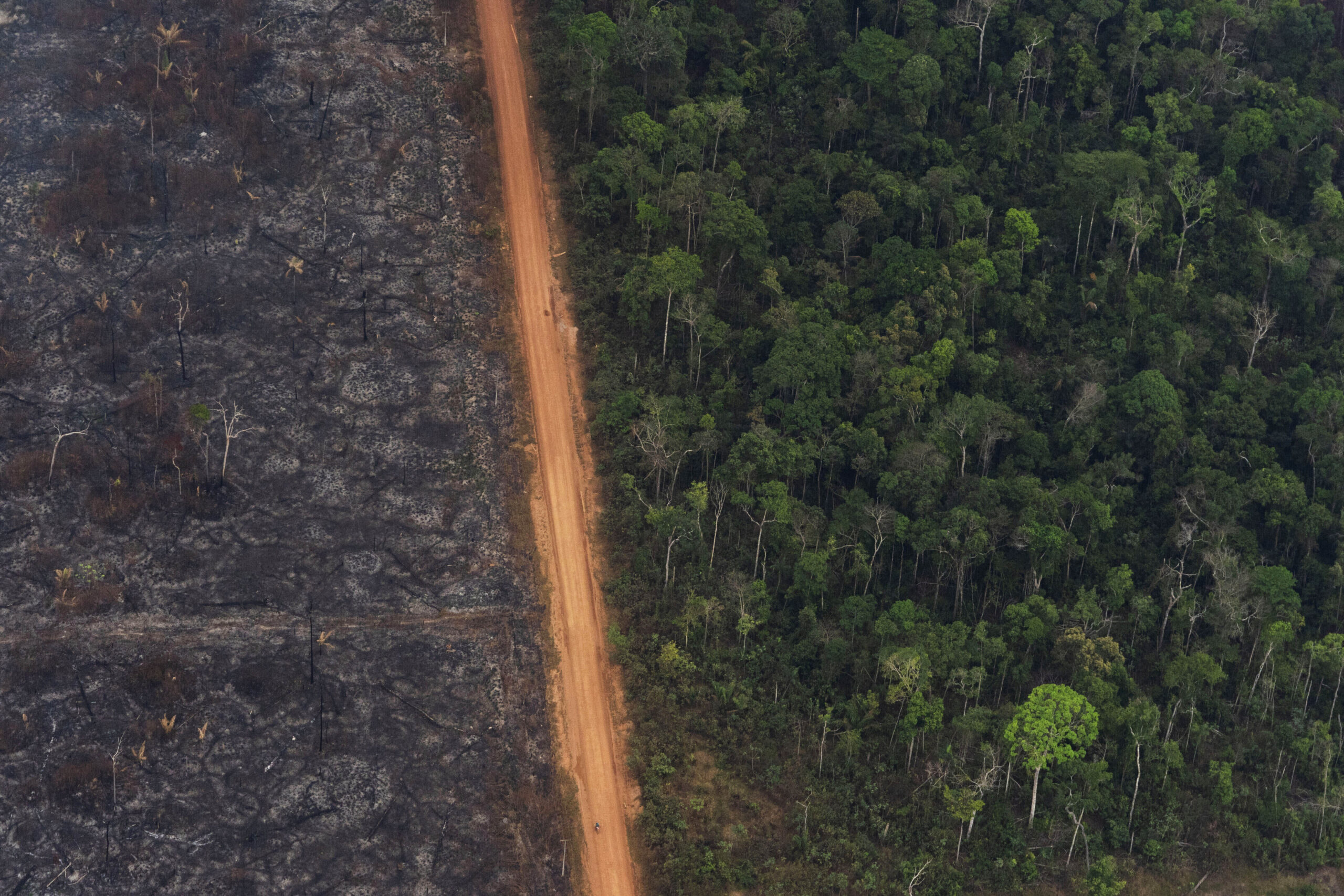COMMENTARY BY DAVE SAMUEL
I know we tend to focus on wildlife in our backyard, but globally, there are things going on that I thought might be of interest. What follows are brief summaries about a few of the many human activities that impact wildlife.
Bald eagles may be impacted by a virus
While Wisconsin researchers were searching for what caused some bald eagles to stumble and have seizures, they found a virus. The hepacivirus may be the reason eagles behave this way, and a subsequent survey found this virus in 32% of 47 eagles sampled from 19 states. Researchers aren’t positive that this virus is causing the problem, but if so, the fact that it can be fatal and is so prevalent is a cause for concern. I found no reference to this virus in bald eagles in West Virginia, though it may be here.
California bans sale of animal fur
In 2023, citizens living in California will no longer be able to make or sell any clothing or products made from animal fur. Sounds like something that would happen in California, and there are several things that were ignored by California legislators when they passed this legislation. Books have been written (e.g. Putting on the Dog: The Animal Origins of What We Wear), about the environmental impact of artificial furs. The author of this forthcoming book said, “We should not replace natural materials with synthetics … just because you won’t wear fur doesn’t mean you’re ethically in the clear.” Huge amounts of pesticides are used around the globe on cotton fields. The author adds that in Pakistan it takes 5,300 gallons of water to make a cotton T-shirt and a pair of jeans. Cotton can be used in making artificial fur.
Amazon fires destroying jaguar habitat
We’ve seen the huge Amazon forest fires in Brazil and Bolivia on television over the past months, and the amount of wildlife habitat lost has been devastating. Over 5 million acres of rain forest in Bolivia have been burned. That’s one-third the size of West Virginia, and the fires continue. What makes that especially concerning is the area burned harbors the highest density of jaguars in South America. Surviving jaguars will find much less prey, and it is expected they’ll turn to livestock, increasing already bad relationships with ranchers.
Trophy hunting can benefit wildlife
It is a fact that trophy hunting can save endangered species. The markhor wild goat in Pakistan (where it is the national symbol) and Tajikistan is a prime example. In 1993, there were 175 markhor in Pakistan and 350 in Tajikistan. In 2019, there were 3,500 markhor in Pakistan and in 2014 there were 1,300 in Tajikistan. How did this recovery happen in areas where snow leopards eat markhor and poaching abounds?
Local villages hired rangers to prevent poaching, and brought in trophy hunters that paid more than $100,000 each to hunt markhor. Very few permits are issued each year, and the hunter dollars provide jobs (guides, cooks, housing, rangers, etc.). As markhor numbers increased, villagers began to understand the value of wildlife, in this case the markhor. Protecting and managing the markhor created more economic benefits to remote villages. This approach works for various non-endangered species in Africa, and when permission is given by governments, it can work for endangered species. Pakistan is now applying to have the markhor removed from the endangered species list. Safari Club International did a lot of the ground work to make this happen. Trophy hunting gets a bad rap from the press, and the public views it negatively as well. However, I could write (and will) an entire column on various wildlife species where the removal of old males beyond breeding age is beneficial. The markhor is just one example and, in this case, it’s a win-win for all concerned.
Dr. Samuel is a retired wildlife professor from West Virginia University. His outdoor columns have appeared, and continue to appear, in Bowhunter magazine and the Whitetail Journal. If you have questions or comments on wildlife and conservation issues, email him at drdave4@comcast.net.




